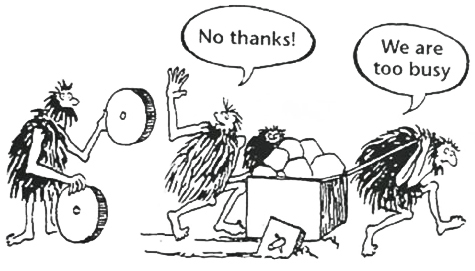Messaggi di Rogue Scholar

Lately, there has been some public dreaming going on about how one could just switch to open access publishing by converting subscription funds to author processing charges (APCs) and we’d have universal open access and the whole world would rejoice. Given that current average APCs have been found to be somewhat lower than current subscription costs (approx.
Recently, I came across an interesting study from 2009, the content of which is not relevant here.
Currently, our libraries are paying about US$5000 per peer-reviewed subscription article. What is more difficult to find out is where all that money goes. Which steps are required to make an accepted manuscript public?
Until today, I was quite proud of myself for not caving in to SIWOTI syndrome like Mike Taylor did. And then I read his post and caved in as well. What gets us so riled up is Elsevier’s latest in a long list of demonstration of what they think of the intellectual capacities of their customers. It’s precisely because it is only one in a long row that I initially didn’t feel like commenting.

This is a long post about Journal Impact Factors. Thanks to Stephen Curry for encouraging me to post this.
Open Access (OA) pioneer and OA journal eLife founding member and sponsor, the Max Planck Society just released a white paper (PDF) analyzing open access costs in various countries and institutions and comparing them to subscription costs. Such studies are fundamental prerequisites for evidence-based policies and informed decisions on how to proceed with bitterly needed reforms.

I saw this great tweet (fairly) recently: I thought this was such a great explanation of when to submit your paper. It reminded me of a diagram that I sketched out when talking to a student in my lab about a paper we were writing. I was trying to explain why we don’t exaggerate our findings. And conversely why we don’t undersell our results either. I replotted it below:

For ages I have been planning to collect some of the main aspects I would like to see improved in an upgrade to the disaster we so euphemistically call an academic publishing system. In this post I’ll try to briefly sketch some of the main issues, from several different perspectives. As a reader: I’d like to get a newspaper each morning that tells me about the latest developments, both in terms of general science news (aka.
In a paper published in Nature Neuroscience now over a year ago, the authors claimed to have found a very surprising feature, which was long thought to be a bug.
